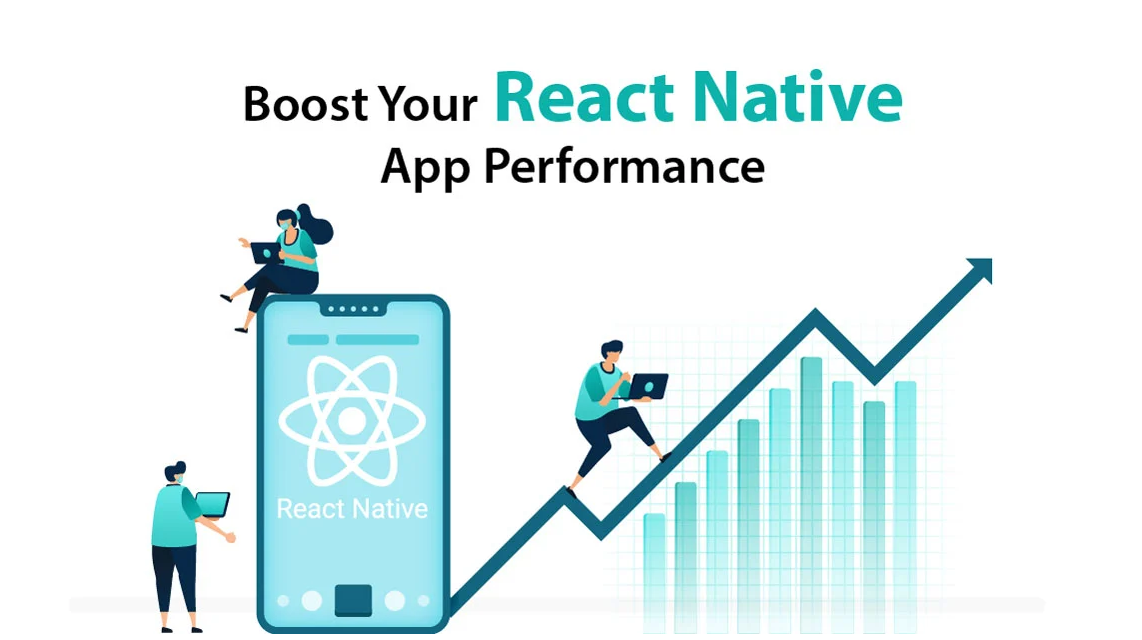Optimizing Performance in React Native

Optimizing performance in React Native involves various strategies and techniques to ensure that your app runs smoothly and efficiently. Here are some tips to help you optimize performance in your React Native application
-
Use the latest version of React Native: Always keep your React Native version up to date to benefit from performance improvements and bug fixes.
-
Use the FlatList component: When dealing with long lists or large datasets, use the FlatList component instead of the traditional ScrollView. FlatList is optimized for rendering long lists efficiently and provides features like lazy loading, item recycling, and windowed rendering.
-
Minimize the number of re-renders: React Native re-renders components whenever there are changes in state or props. Avoid unnecessary re-renders by utilizing techniques like memoization, shouldComponentUpdate, or React.memo to prevent components from re-rendering when their inputs haven't changed.
-
Optimize image loading: Images can significantly impact performance, so it's crucial to optimize their loading. Use compressed and appropriately sized images, leverage techniques like lazy loading or progressive loading, and consider using image caching libraries like FastImage or react-native-fast-image.
-
Use the InteractionManager API: When performing heavy computations or operations that could potentially block the main thread, use the InteractionManager API to defer these tasks until after the current frame renders. This ensures a smoother user experience by preventing jank and unresponsiveness.
-
Minify and bundle your JavaScript code: Minifying and bundling your JavaScript code reduces the overall file size and improves load times. Use tools like Metro Bundler or webpack to bundle and optimize your code for production.
-
Optimize animations: Animations can be resource-intensive, especially when dealing with complex or frequent animations. Use native driver-based animations with Animated API whenever possible, as they are more performant. Additionally, consider using libraries like react-native-reanimated or react-native-gesture-handler for smoother and more efficient animations.
-
Optimize JavaScript performance: Write efficient JavaScript code to improve performance. Avoid excessive object creation, use native methods instead of JavaScript alternatives when available (e.g., array.map() vs. for loops), and consider using libraries like lodash to optimize common operations.
-
Use performance profiling tools: React Native provides performance profiling tools like the built-in "Performance Monitor" and third-party tools like Flipper. Utilize these tools to identify performance bottlenecks, measure frame rates, and optimize your app's performance.
-
Test on real devices: Always test your app on real devices representative of your target audience. Emulators and simulators can provide an approximation of performance but may not accurately reflect real-world device behavior.
By following these optimization techniques, you can significantly improve the performance of your React Native application and provide a smoother and more responsive user experience.
2023 ALl Rights Reserved. Sohan Talukder
